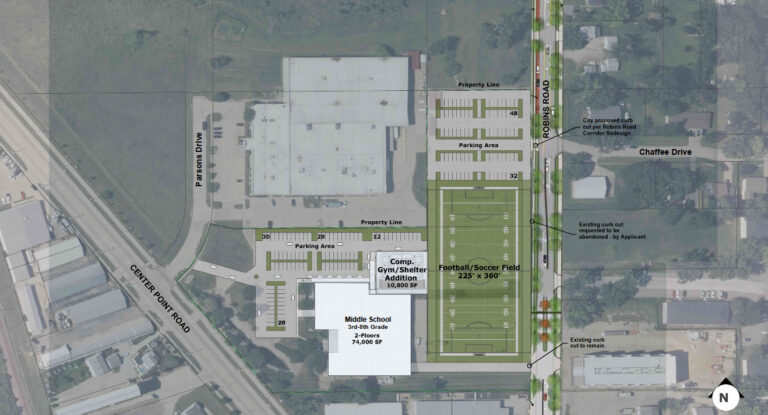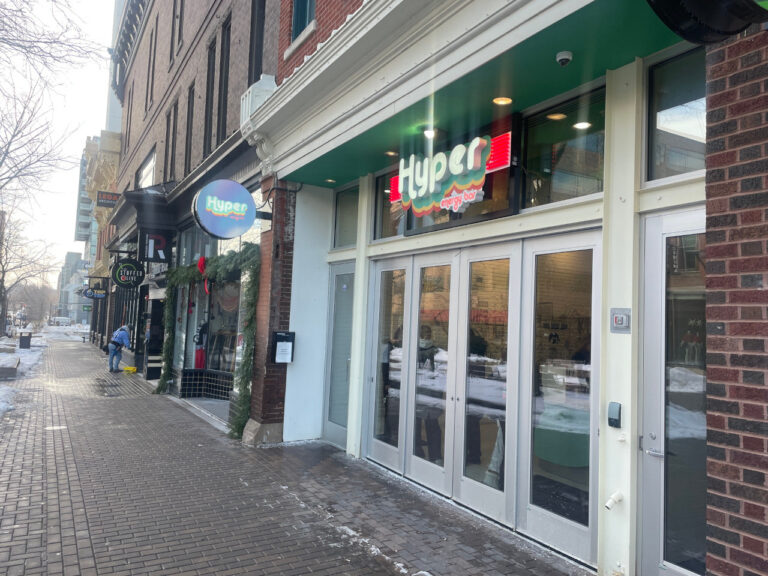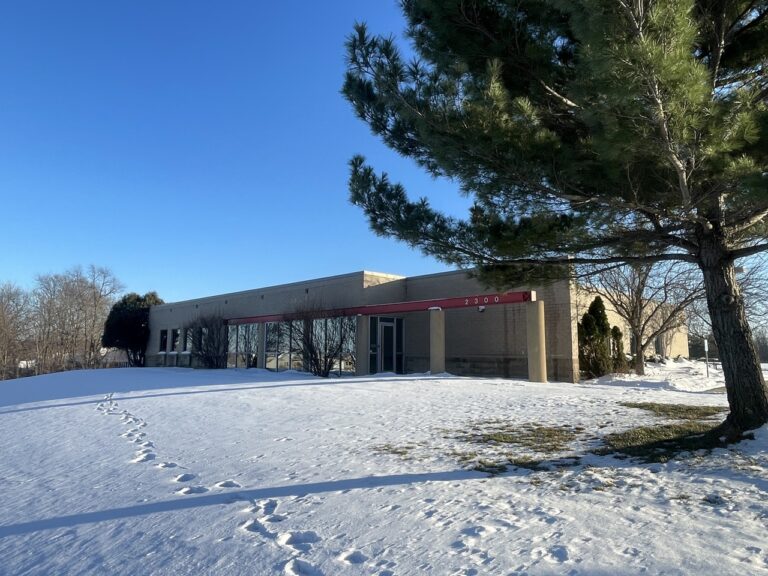Early plans call for upgraded facilities at Kinnick, new athlete-focused dormitory
By Chase Castle
[email protected]
The Iowa Hawkeyes will make another descent into Kinnick Stadium this week as part of their season opener, but head football coach Kirk Ferentz is far from the only one strategizing for the future of one of the UI’s most valuable assets.
On Aug. 5, the Iowa Board of Regents gave the go-ahead to UI athletic staff for the planning of multiple projects around Kinnick Stadium totaling an estimated $143 million. That amount includes about $40 million in updates to the stadium’s north stands and nearby concourse area, and a dormitory on the west side of campus aimed in part at student athletes.
According to the university’s request, athletics department staff said the north stands, which haven’t been updated since 1983, are “functionally obsolete by modern day standards” and have been identified as a high priority in the university’s master planning process. The improvements being considered include new audio-visual systems, plaza and patio spaces, restroom improvements, and more food and vending options.
Preliminary plans also call for new suites and premium seating options at Kinnick. The stadium currently has 46 suites capable of accommodating between 12-18 people each, in addition to 150 indoor club seats and 1,150 outdoor club seats.
Although premium seating only accounted for about $838,000 of the $22.5 million that football ticket sales generated last season, that amount does not include gifts to the UI Foundation that grant access to premium seating ticket sales. Premium outdoor seating on the second-floor press box at Kinnick, for example, requires an annual pledge starting around $2,100 per seat, in addition to ticket costs.
Athletic Communications Director Steve Roe said that if and when those premium seating additions are made, the athletic department is committed to maintaining at least 70,000 seats at Kinnick, which can presently seat 70,585.
“The goal is to maintain our current capacity,” Mr. Roe said. “Because we’re just beginning the process of looking into options, it’s really too early to put a number on what that might be.”
The last major improvements made to Kinnick occurred ahead of the 2006 football season, when the school completed a $90 million restoration and renovation project that included work on the stadium’s end zones, new locker rooms, new training rooms, and a four-level press and hospitality facility.
New premium seating and other upgrades aimed at improving the spectator experience could play an integral role in boosting ticket sales and attendance, which has taken a hit in recent seasons. Although attendance at home football games rebounded slightly last year, with a total of 472,584 attendees compared to 469,872 the prior year, 2013 marked the lowest turnout totals at Kinnick for a typical seven home game-season since 2003.
UI Athletics Director Gary Barta acknowledged earlier this summer that year-to-date ticket sales were down as of June 19.
“This isn’t a surprise,” Mr. Barta said in a news release. “We expected a decline in the general public category, planned for it during the budgeting process, and jumpstarted our group sales for 2015 in response to it.”
University staff were granted permission to begin planning for the improvements with Iowa City-based Neumann Monson, the same design firm that completed plans for the 2006 updates at the stadium, along with construction manager M.A. Mortenson, which is currently leading construction of the School of Music building and the new Hancher Auditorium. Both of those facilities are slated to open next year.
Other efforts to bulk up the UI’s athletic programs include the construction of a 500-600 bed “suite-style” residence hall, which would follow this fall’s opening of the Mary Louise Petersen Residence Hall, as well as the 1,000-plus bed Madison Street Residence Hall scheduled to open in 2017.
Although the number of students housed in the proposed west campus dorm would be comparable to Petersen Hall, the building’s estimated $85 million price tag is approximately $32 million more than Petersen’s “due to the inclusion of additional support venues” including training table facilities, equipment and site transportation improvements.
While not exclusive to student athletes, the proposal approved by the regents said the hall would house “a wide range of student and student-athlete campus living needs” in accordance with NCAA regulations and university housing objectives. Like the improvements at Kinnick, the residence hall would be paid for through athletics department gifts and earnings, as well as through dormitory revenue bonds.
Days before the regents approved the sale of $34.68 million in dormitory revenue bonds earmarked for costs tied to the Madison Street Residence Hall, Moody’s publicly noted that the bonds’ Aa1 rating reflected “expectations of strong student demand, favorable operations, strong financial resource levels and manageable future borrowing” at the UI.
The exact location of the residence hall hasn’t been determined, but the building would be located near Kinnick Stadium and the West Campus Transportation Center, adjacent to the university hospital. The same document also calls for relocating the university’s indoor track and field facility, which is housed in the Recreation Building immediately west of both Kinnick and the transportation center. The planning proposal said relocating the track and field facility “would provide the University with the option of locating a new residence hall on the Recreation Building site, or retaining this central west campus site for future development.”
A new track and field facility would be located on the far west “Hawkeye” campus, likely southwest of the Aspire at West Campus residence complex that opened last summer. The new facility would include a spectator viewing area, spaces for weight and athletic training, and an events area. The total price for that project is estimated at $15-20 million, which also would be funded by Athletics Department gifts and earnings, according to the planning request given to the regents.
Like the Madison Street Residence Hall, the university has requested that the West Campus Residence Hall and indoor track and field facilities also be completed under a design-build delivery process.
Unlike a design-bid-build delivery method, wherein construction can’t begin until designs are finalized, the design-build delivery method creates a joint venture between the general contractor and the designer, which the university said will accelerate the speed of the project and “allow for a best-value selection of a contractor/architect team.”








